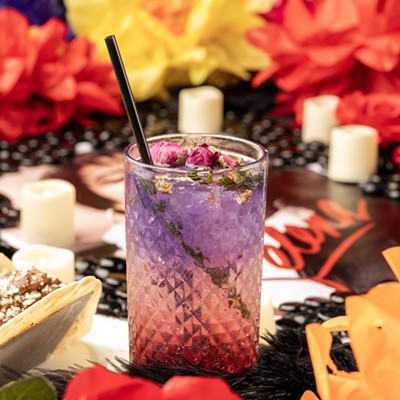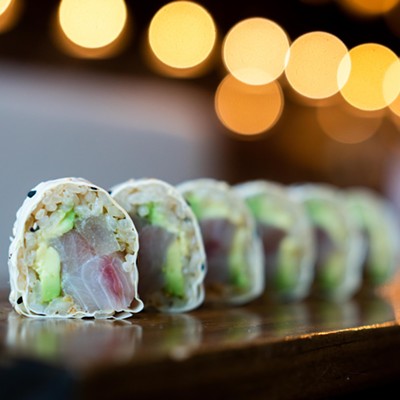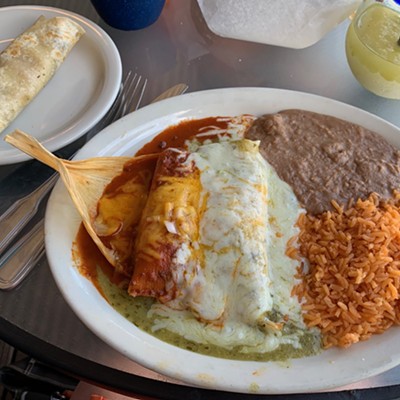Just say the word Chianti and you evoke winding roads lined with cypress trees and old limestone farmhouses in what is perhaps Italy's most photographed and photogenic region, Tuscany.
Whether it's mentions in pop culture (who can forget Hannibal Lecter's infamous pairing?) or the straw-flasked bottles that once hung from the mom-and-pop Italian joints that we all loved as kids, Chianti is arguably one of the world's most recognizable wines. No matter the level of wine appreciation, enthusiasm or connoisseurship, nearly everyone has tasted a Chianti at some point in his or her adult life.
Chianti is produced in a number of Tuscan appellations or DOCs (which stands for denominazione d'origine controllata or designation of controlled origin, a classification system created in the 1960s and based on the French AOC or appellation d'origine contrôlée). These include Chianti dei Colli Fiorentini (in Florence province), Chianti dei Colli Senesi (Siena province) and Chianti Rufina, named after the village, one of the highest-elevation townships in Chianti, where it is made.
The most famous, of course, is Chianti Classico, so named because it covers the original townships or communes where Chianti has been produced since the 18th century, when Tuscany's ruling family, the Medici, began to regulate wine production there.
The primary grape in this typically blended wine is Sangiovese, Italy's workhorse red grape and most widely planted variety. But the blend can include a seemingly limitless number of native and international grape varieties, including Colorino and Canaiolo (indigenous to Tuscany, held to be the traditional blending grapes in the appellation) and Cabernet Sauvignon and Merlot, among others (international grapes that tend to dominate the more delicate Sangiovese).
This story continues on the next page.






